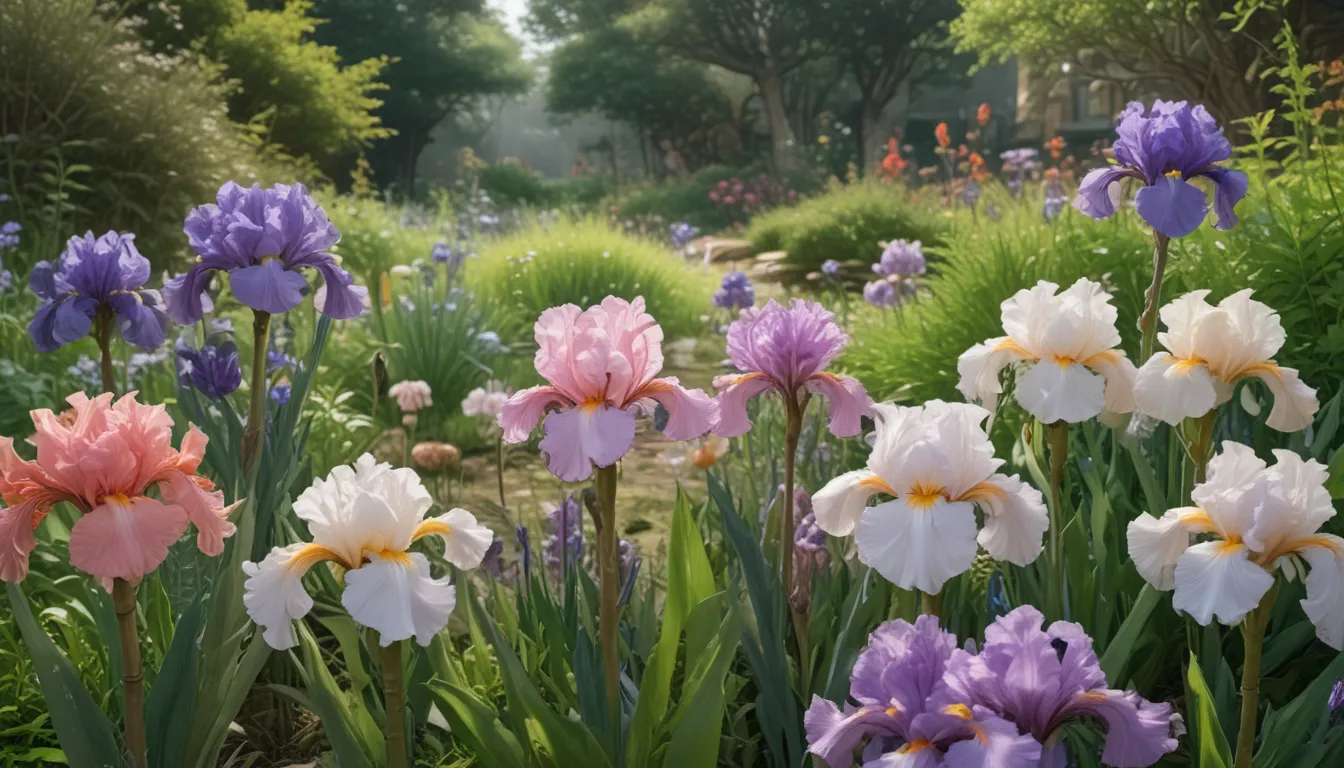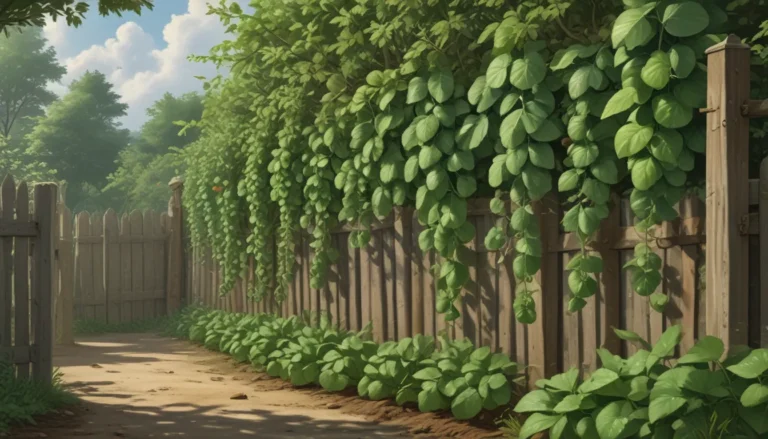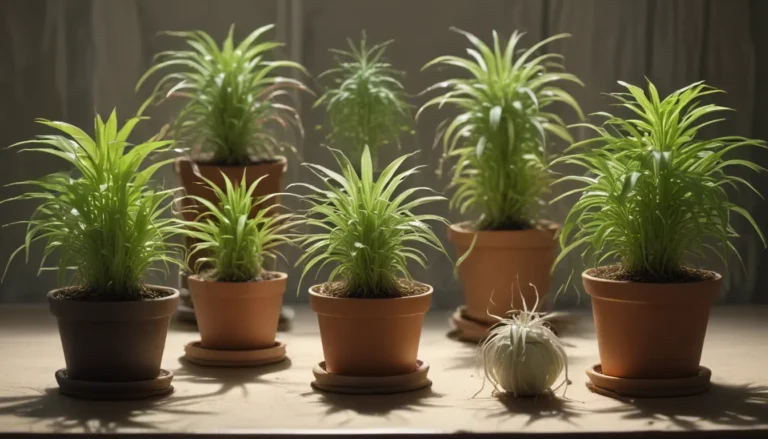Comprehensive Guide to Growing Bulbous Iris in Your Garden

Are you a fan of iris flowers and looking to add some unique varieties to your garden? If so, bulbous iris may be just the plant for you! In this detailed guide, we’ll explore everything you need to know about growing bulbous iris in your garden. From understanding different sub-genera to selecting the right species and cultivars, we’ve got you covered.
Introduction to Bulbous Iris
Iris plants are beloved for their colorful blossoms that adorn the late spring garden. While many gardeners are familiar with tall bearded iris and other rhizome varieties, bulbous iris offer a charming alternative. These diminutive plants produce striking flowers in a rainbow of hues, including blue, bronze, gold, pink, and white.
Unlike their rhizomatous cousins, bulbous iris varieties grow from bulbs, adding diversity to your garden landscape. These plants bloom at various times throughout the spring and early summer, making them excellent for extending the flowering season in your garden.
What You’ll Learn
Here’s a sneak peek at what you’ll discover in this guide:
- What Is a Bulbous Iris?
- Propagation Methods
- How to Grow Bulbous Iris
- Essential Growing Tips
- Pruning and Maintenance
- Top Species and Cultivars to Consider
- Effective Pest and Disease Management
- Quick Reference Growing Guide
Understanding Bulbous Iris Varieties
Bulbous iris belong to three subgenera within the genus Iris:
Hermodactyloides
These dwarf Iris species are native to Asia Minor and bloom in late winter and early spring. Common examples include I. reticulata, I. bakeriana, and I. danfordiae. Reticulata iris are hardy in USDA Zones 5-9.
Scorpiris
Mid-sized Scorpiris species from the Middle East through central Asia flower in mid-spring. Juno iris varieties like I. aucheri and I. magnifica are sweetly fragrant and hardy in Zones 3-8.
Xiphium
Xiphium iris, native to Europe and North Africa, bloom from mid-spring to early summer. Popular varieties like Dutch, English, and Spanish Iris are fragrant and grow in different heights. Dutch hybrid varieties are hardy in Zones 3-9, English types in Zones 5-9, and Spanish varieties in Zones 5-9 as well.
How to Propagate Bulbous Iris
You can propagate bulbous iris through bulb offsets or seeds. Offsets are preferred for consistent results, as they are identical to the parent plant and often flower the following year. Collect offsets after the foliage has died down and replant them in well-draining soil for healthy growth.
Tips for Growing Bulbous Iris
- Fall planting ensures perennial growth, while spring planting allows you to grow them as annuals.
- Choose a sunny location with fertile, well-draining soil for optimal growth.
- Divide clumps every two to five years to maintain plant vigor.
Pruning and Maintenance
Apply a low nitrogen or balanced fertilizer in early spring and after flowering to promote healthy growth. Divide overcrowded clumps every few years to encourage flowering. Remove dry foliage after the flowering period to tidy up the garden.
Popular Species and Cultivars
Some popular bulbous iris varieties to consider include:
- I. Reticulata: A fragrant choice for late winter gardens, hardy in Zones 5-9.
- Harmony: A bicolored beauty with sky blue flowers, suitable for borders and containers.
- Lion King: A unique bicolored Dutch iris with plum and gold flowers, hardy in Zones 4-9.
If you’re intrigued by the world of iris flowers, explore our guide on how to grow irises for fragrance and color.
Managing Pests and Disease
Common pests like aphids, caterpillars, and snails can affect bulbous iris plants. Regular inspection and handpicking are effective control methods. Diseases like ink disease and rust fungi can also impact plant health, requiring prompt removal and soil replacement.
Quick Reference Growing Guide
| Plant Type | Flower/Foliage Color | Native to | Maintenance | Hardiness (USDA Zone) | Tolerance | Bloom Time | Soil Type |
|—|—|—|—|—|—|—|—|
| Flowering perennial bulb | Blue, bronze, gold, magenta, white, yellow | Asia, Europe, North America | Low | Zones 3-9 | Deer, rabbits, squirrels | Late winter to midsummer | Humus rich |
For a comprehensive list of pests, diseases, and suitable species, refer to our detailed guide.
Embracing the Beauty of Bulbous Iris
Now that you’ve discovered the intriguing world of bulbous iris, are you ready to add these charming plants to your garden? Whether you choose cold-hardy varieties that can perennialize or opt for tender blooms to lift and store over winter, bulbous iris offer a delightful addition to your garden landscape.
Share your bulbous iris growing experiences in the comments below and don’t forget to showcase your garden pictures! For further insights into growing iris flowers, explore our additional guides:
- Types of Irises: A Guide to Iris Classification and Flowering Sequence
- How to Divide and Transplant Irises
- 33 of the Best Iris Cultivars for Your Garden
- 11 Common Reasons Why Irises Fail to Bloom
Happy gardening!





